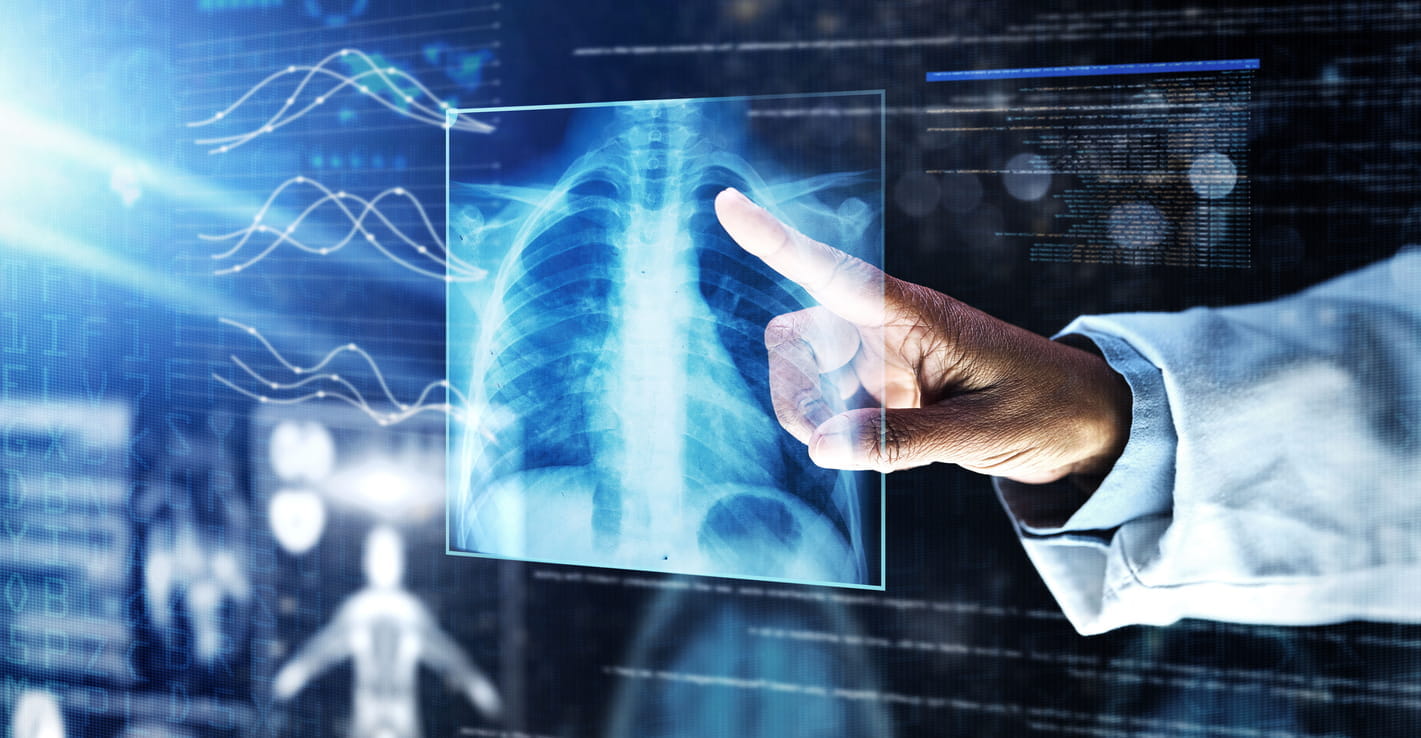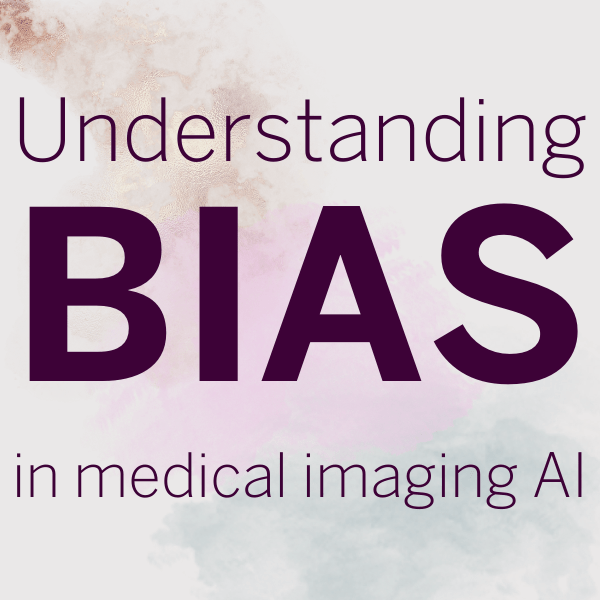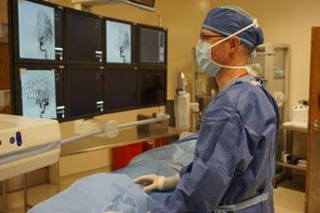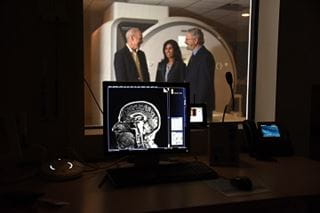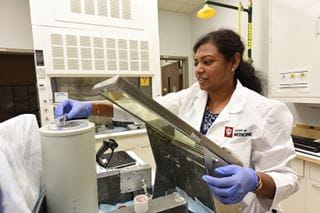What is Imaging Informatics?

Believe it or not, radiology is often at the forefront of technology in health care. Large stacks of clinical images forced digital solutions for data management and viewing, and this need led to the development of scheduling and metadata coexisting with the digital image data. Radiologists were some of the first users of computers in hospitals, driving network upgrades and new technologies like voice recognition. Informatics interventions started in the 1950s, with computer-aided diagnostic tools attempting image recognition tasks, and are now found in every aspect of a radiologist's workday.
Though radiology leads Imaging Informatics, it represents medical imaging throughout the enterprise. Imaging Informatics encompasses the life cycle of medical images, through acquisition and storage to processing and interpretation. The field develops the tools and methods to transform image data into information driving clinical decisions.
